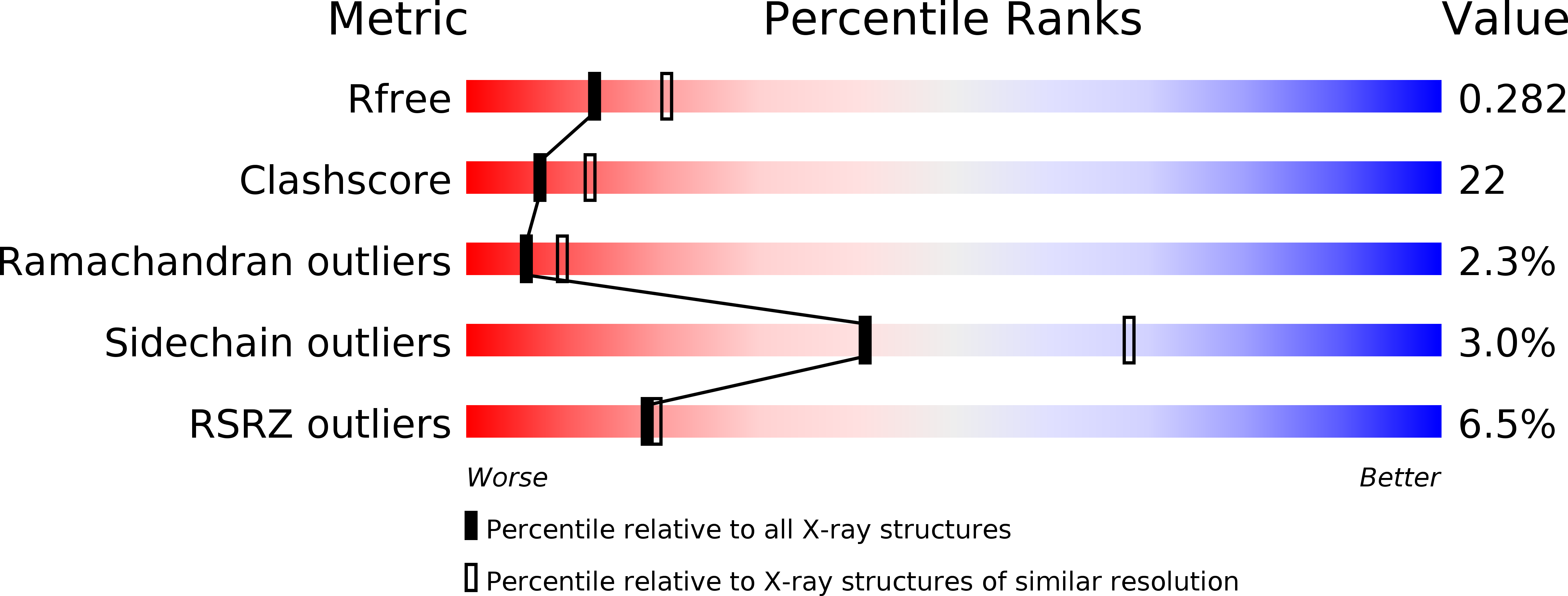
Deposition Date
2007-07-12
Release Date
2008-11-04
Last Version Date
2023-08-30
Entry Detail
PDB ID:
2QL2
Keywords:
Title:
Crystal Structure of the basic-helix-loop-helix domains of the heterodimer E47/NeuroD1 bound to DNA
Biological Source:
Source Organism:
Mus musculus (Taxon ID: 10090)
Host Organism:
Method Details:
Experimental Method:
Resolution:
2.50 Å
R-Value Free:
0.28
R-Value Work:
0.24
Space Group:
P 21 21 2


